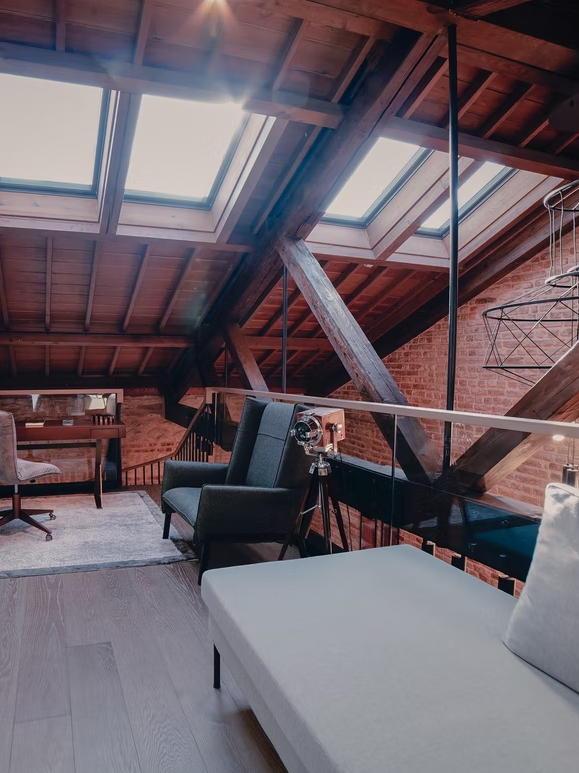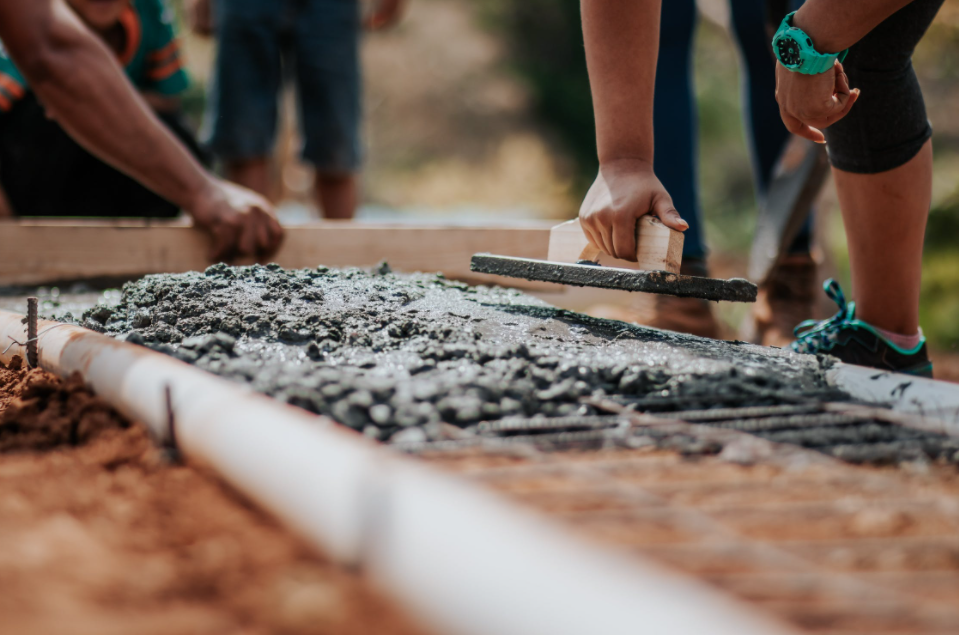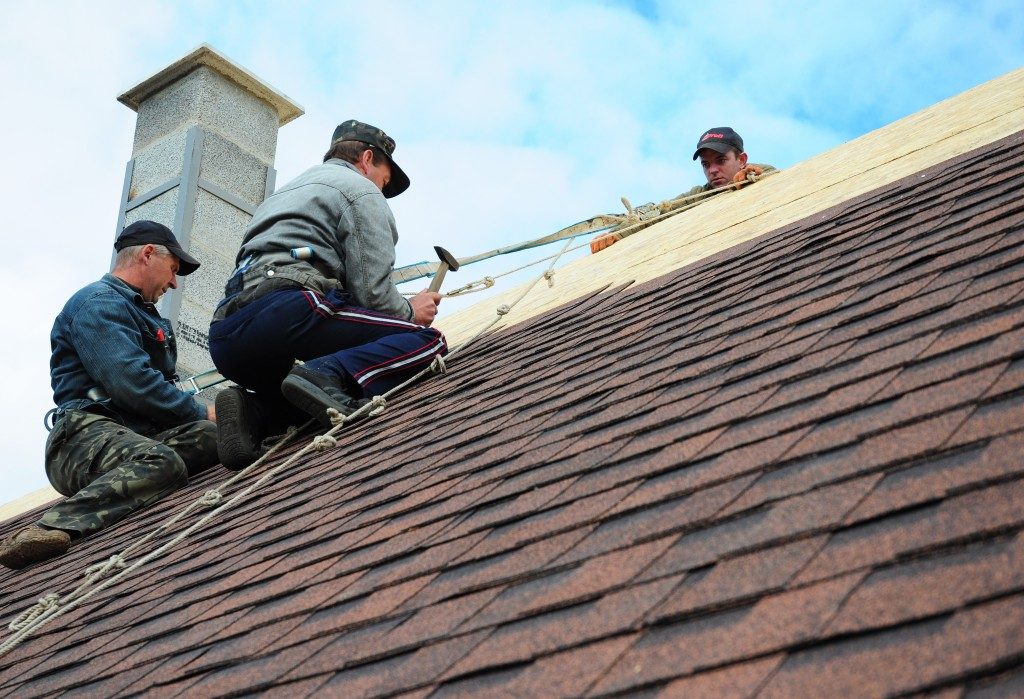Tips for Getting Your Attic Ready for Summer

Attics can get extremely hot during summer, trapping heat and increasing energy bills!
Failure to prepare it for summer makes it retain a lot of heat. The heat retention may be due to your roof absorbing more heat, poor ventilation, and lack of insulation. While attics differ in build and style, most have similar concerns.
When getting your attic summer-ready, consider what can lower your energy bill, help the attic survive the summer heat, and keep rodents and other pests off your roof. This article outlines five tips for getting your attic ready for summer.
Consider Attic Cleaning
Most attics are made of wood, and the wood breaks down naturally over time, leaving tiny holes and cracks on the surface. This causes the air in your home to escape, making your heating and cooling system work harder to meet your temperature needs. You can identify these holes and cracks through attic cleaning and get them repaired in readiness for summer. Sealing the leaks improves your home’s energy efficiency, saving on your monthly utility bills.
Dirty, cluttered attics attract pests and may damage your home’s structure. Cleaning your attic regularly keeps pests out, protecting your insulation. Consider getting a professional attic cleaning service for thorough cleaning.
Ensure Adequate Ventilation
During summer, attic temperatures can be very high. With inadequate ventilation, most of the heat can radiate into your living space, increasing your energy bills. An adequately ventilated attic expels warm air and helps you address excess moisture and heat concerns. Look out for signs of poor ventilation and get a certified roofing contractor to inspect your attic to determine whether there’s sufficient ventilation. Adequate attic ventilation reduces your heating and cooling costs and increases your roofing system’s lifespan.
Look Out for any Leaks
Attic leaks usually happen due to roof issues like damaged shingles, bad sheathing, or loose flashing, and can slowly damage your insulation and promote mold and mildew growth. Mold growth below roof valleys, damp walls near downspouts and gutters, moisture accumulating close to the attic vents, and attic ceiling material discoloration are signs of an attic roof leak. Rust and corrosion on attic pipes and floor water stains are signs of attic pipe leaks. Call a professional roofing expert if you identify any leaks around your attic.
Add Attic Insulation
Attic insulation is crucial to lowering your utility bills while making your home greener. It prevents air from escaping your home and stops outside air from going in. Cooling and heating expenses constitute a considerable percentage of your home’s energy usage. Losing your home’s cold or warm air contributes to energy waste. Adding insulation in the attic reduces the energy required to keep your space at the desired temperatures, lowering energy costs.
Seal Air Leaks
Air moves through wall joint gaps, holes from plumbing and wires, and fixture gaps. You can use expanding foam or caulk to seal the air leaks. However, do this before adding any attic insulation, as you may not see these issues once blocked. This will keep your home more energy-efficient in summer.
Endnote
The attic can get extremely hot in summer, retaining more heat and resulting in excess energy usage. Use these tips to get your attic summer-ready and save on energy costs.








